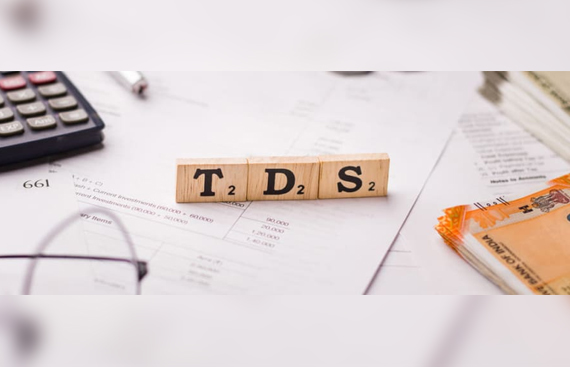How to Minimise TDS Deduction on Your Fixed Deposits: Expert Tips and Tricks

Fixed deposits (FDs) are one of the most popular and safe investment options in India. They allow you to deposit a lump sum amount in a bank or a financial institution for a fixed period and earn a fixed interest rate on it. FDs offer several benefits, such as guaranteed returns, capital protection, tax benefits, and flexible tenures.
However, banks deduct a tax at source (TDS) from your interest income before crediting it to your account. The TDS rate on FD interest is 10% if your PAN is registered with the bank and 20% if not. The TDS is applicable only if your total interest income from all FDs exceeds ₹40,000 in a financial year (₹50,000 for senior citizens).
In the case of fixed deposits issued by NBFCs, the TDS rate on income earnings is 10%. However, the threshold limit for NBFC FDs is ₹5,000 in a financial year.
If you are looking for ways to minimise the TDS deduction on FD, here are some expert tips and tricks that you can follow:
- Submit Form 15G/15H: If your total taxable income in a financial year is below the basic exemption limit (₹2.5 Lakhs for the general category, ₹3 Lakhs for senior citizens, and ₹5 Lakhs for super senior citizens), you can submit Form 15G or Form 15H to the bank or the financial institution to avoid TDS on your FD interest. Form 15G is for general category individuals below 60 years of age and Form 15H is for senior citizens above 60 years of age. You need to submit these forms at the beginning of every financial year and whenever you open a new FD account.
- Split your FDs: Another way to reduce the TDS on your FDs is to split your deposits across different banks branches or tenures. This way, you can ensure that your interest income from each FD does not exceed the threshold limit of ₹40,000 (or ₹50,000 for senior citizens) in a financial year. However, you should note that splitting your FDs does not reduce your overall tax liability. You still need to declare your total interest income from all FDs in your income tax return and pay tax as per your slab rate.
- Invest in joint FDs: If you have a family member who falls in a lower tax bracket than you or does not have any taxable income, you can invest in joint FDs with him or her. The interest income from joint FDs can be split between the co-owners as per their agreed ratio. This can help you lower your individual interest income and hence, the TDS deduction. However, you should ensure that the first holder of the joint FD is the one with the lower tax bracket or no taxable income. Otherwise, the TDS will be deducted as per the first holder’s PAN and tax slab.
- Invest in tax-saving FDs: If you want to save tax on your FDs as well as get a deduction under Section 80C of the Income Tax Act, 1961, you can invest in a tax-saving fixed deposit. These are special types of FDs that have a lock-in period of five years and offer tax benefits up to ₹1.5 Lakhs per annum under Section 80C. The interest earned on these FDs is also taxable, but no TDS is deducted from them. However, you should note that these FDs do not allow any premature withdrawal or loan facility during the lock-in period.
- Invest in non-cumulative FDs: If you want to reduce the TDS on your FDs as well as get regular income from them, you can invest in non-cumulative FDs. These are FDs that pay interest on a monthly, quarterly, half-yearly, or annual basis, instead of reinvesting it with the principal. The advantage of non-cumulative FDs is that they reduce the compounding effect of interest and hence, lower the TDS deduction. However, you should note that non-cumulative FDs also offer lower returns than cumulative FDs over the long term.
Conclusion
FDs are a great way to save and grow your money over time. However, they also attract TDS on their interest income, which can reduce your returns. By following the above tips and tricks, you can minimise the TDS deduction on your FDs and maximise your earnings. However, you should also remember that TDS is only a provisional tax and not the final tax. You still need to file your income tax return and pay tax as per your slab rate on your total interest income from all sources.
